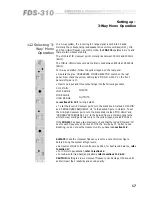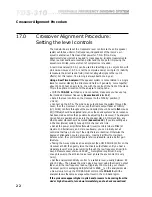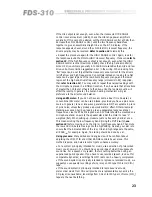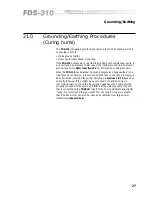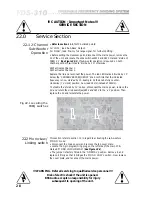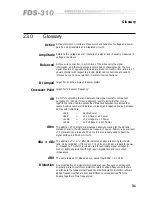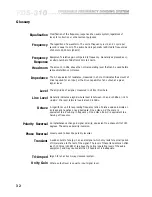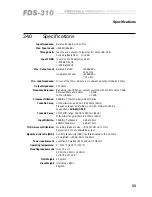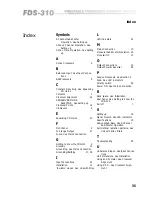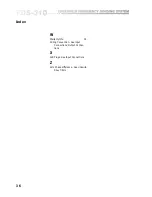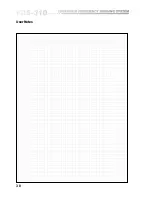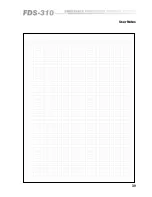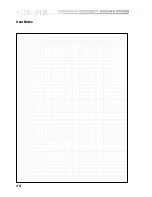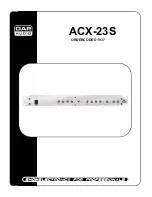
31
23.0
Glossary
Active electronic circuits are those which are capable of voltage and power
gain by using transistors and integrated circuits.
Amplitude
Refers to the voltage level or intensity of a signal, and is usually measured in
voltage or decibels.
Balanced
A three wire connection in which two of the wires carry the signal
information, and the third acts as a shield tied to chassis ground. The two
signal lines are of opposite polarity at any given moment in time, and are of
equal potential with respect to ground. Balanced connections are used to
improve hum and noise rejection in system interconnections.
Active
Bi-Amped
Jargon for an active 2-way crossover system.
Crossover Point
Jargon for 'Crossover Frequency'
dB
A unit for expressing the ratio between two signal levels for comparison
purposes. On its own it has no absolute level meaning. Rather, it is a
logarithmic ratio used to express the
differences
between two amounts or
levels. Positive numbers indicate an increase, and negative ones a decrease.
Some useful ratios are:
+3dB
=
Double Power
+6dB
=
x 2 Voltage or x 4 Power
+10dB
=
x 3 Voltage or x 10 Power
+20dB
=
x 10 Voltage or x 110 Power.
dBm
The addition of 'm' after dB indicates an absolute scaling for the dB ratio.
Instead of a ratio, the dB becomes a measure of power. 0dBm = a power level
of 1 milliwatt into a load of 600 ohms. It is also loosely used to describe
signal voltage in 600 ohm circuits.
dBu
or
dBv
The addition of 'u' or 'v' after dB indicates an absolute scaling for the dB
ratio. 0dBu (or 0dBv) = 778mV or 0.778 Volts, and it has no regard for power
or impedance. This term is widely used for expressing signal voltages in
modern audio equipment with high input impedances and low output
impedances.
The same scale as for dBu as above, except that 0dBV = 1.0 Volts.
dBV
Any modification of a signal which produces new frequency components
originally present. Harmonic distortion refers to added frequencies that are
overtones to the fundamental frequency. Intermodulation distortion refers to
added frequencies that are sum and difference values derived from the
beating together of two frequencies.
Distortion
Glossary
Summary of Contents for FDS 310
Page 1: ...1 FDS 310 User Manual ...
Page 10: ...1 0 Getting to know the FDS 310 Fig 6 1 Front Panel Fig 6 2 Rear Panel ...
Page 11: ...11 All numbers in bubbles refer to Section numbers ...
Page 37: ...37 User Notes ...
Page 38: ...3 8 User Notes ...
Page 39: ...39 User Notes ...
Page 40: ...4 0 User Notes ...

